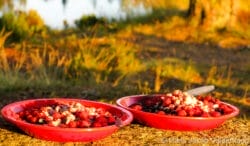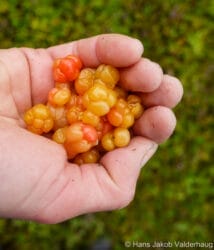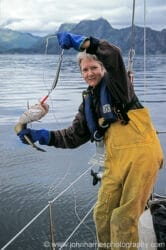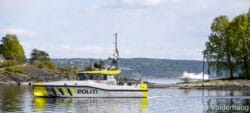Food
Provisioning
The cost of groceries is high in Norway and so, if you are coming from another country where costs are lower, you may wish to stock up prior to leaving.

For topping up with fresh provisions once you are in Norway, you won’t have any problems getting what you need in the larger centres. Even most villages will have a small shop with a good supply of basic groceries.
Hunting and Gathering

If you like hunting and gathering you will have a great time in Norway since there are berries galore and the fishing is easy.
Berries
Blåbær (blueberries) are plentiful in August.
Multebær (cloudberries/bakeapples) look like pale orange raspberries and are a Norwegian delicacy that is also available in August. We suggest you do not pick multebær without asking; some patches are privately owned and we know of at least one area where u-pick fees may be charged.
Tyttebær (lingonberries/partridgeberries) are small cranberry-like berries that grow on shiny green leaves. They are plentiful in the fall.
Fishing

No license is required to fish in salt water for personal consumption, but there are a few things to know.
It is possible for non-residents to obtain a freshwater fishing license.

Alcohol
Alcohol can be purchased from the government liquor store Vinmonopolet (to find a store, click on Butikker on the top menu).
Norwegian law mandates that you are not allowed to handle a boat under 15 m LOA with a blood alcohol level greater than 0.08%. The limit for handling boats greater than 15 m LOA is 0.02%. While it is unlikely that you will be given a breathalyzer test while underway in a pleasure boat, the law is enforced and fines have been levied.

Water
Water is usually available on pontoons, quays and at fuel stations throughout Norway, and is potable. We do not recommend that you fill with water from streams or lakes as giardia and other parasites may be present in untreated water.

